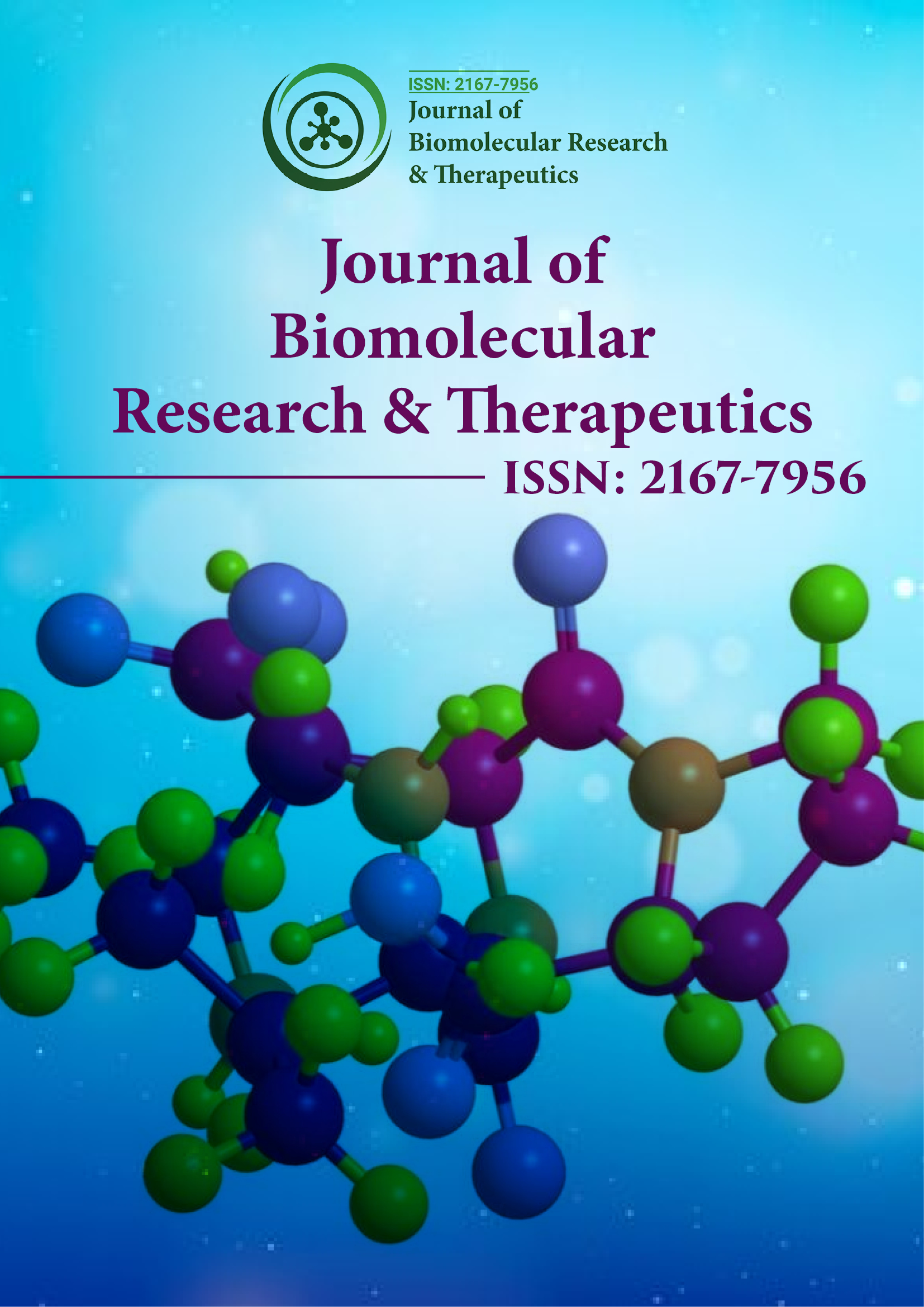索引于
- 打开 J 门
- Genamics 期刊搜索
- 研究圣经
- 电子期刊图书馆
- 参考搜索
- 哈姆达大学
- 亚利桑那州EBSCO
- OCLC-WorldCat
- SWB 在线目录
- 虚拟生物学图书馆 (vifabio)
- 普布隆斯
- 欧洲酒吧
- 谷歌学术
分享此页面
期刊传单

抽象的
点阵 Er:YAG 激光作为增强眼部药物渗透的新技术
阿德万
由于眼部独特的解剖和生理结构以及眼部屏障的存在,眼部药物输送目前是现代药物输送中最具挑战性的领域之一。
由于眼部独特的解剖学和生理学,眼部药物输送一直是药理学家和药物输送科学家面临的一大挑战。静态屏障(角膜、巩膜和视网膜的不同层,包括房水屏障和血视网膜屏障)、动态屏障(脉络膜和结膜血流、淋巴清除和泪液稀释)以及外排泵的结合,对单独或以剂型形式输送药物,尤其是输送到眼后段,构成了重大挑战。近年来,识别各种眼部组织上的流入转运蛋白并设计针对母体药物的转运蛋白靶向输送已成为一种趋势。同时,人们广泛探索了纳米颗粒、纳米胶束、脂质体和微乳剂等胶体剂型,以克服各种静态和动态屏障。开发了新型药物输送策略,例如生物粘附凝胶和基于纤维蛋白密封剂的方法,以维持目标部位的药物水平。设计非侵入性持续给药系统并探索局部应用将药物输送至后段的可行性可能会在未来几年内大大改善药物输送。眼科药物输送领域的当前发展有望显著改善克服各种前后段疾病带来的挑战。
设计一种针对特定眼部组织的药物输送系统已成为该领域科学家面临的主要挑战。眼睛大致可分为两个部分:前部和后部。眼部组织各层的结构变化可能会对通过任何途径(即局部、全身和眼周)给药造成重大障碍。在目前的研究中,我们试图关注这三种给药途径遇到的各种药物吸收障碍。我们讨论了各种眼部组织的结构特征及其作为药物及其胶体剂型输送障碍的有效性。我们还讨论了外排泵的作用以及利用以转运蛋白为靶向的前体药物方法克服这些障碍的策略。我们阐明了眼部剂型(尤其是胶体剂型)的最新发展及其在克服各种静态和动态障碍中的应用。最后,我们还强调了眼部药物输送的非侵入性技术的各种发展。
铒-YAG 激光已用于人类皮肤的激光换肤。示例用途包括治疗痤疮疤痕、深层皱纹和黄褐斑。除了被水吸收外,Er:YAG 激光的输出也被羟基磷灰石吸收,这使其成为切割骨骼和软组织的良好激光。口腔外科、牙科、种植牙科和耳鼻喉科中已发现骨外科应用。Er:YAG 激光在去除疣方面比二氧化碳激光更安全,因为激光羽流中没有发现人乳头瘤病毒 (HPV) DNA。Er:YAG 激光可用于激光辅助白内障手术,但由于其可吸水的特性,Nd:YAG 更受青睐。
方法:
人们研究了新型药物输送方法,以增强药物在眼内的渗透性并提高眼内生物利用度。在本项目中,首次研究了 PLEASE(精密激光表皮系统;Pantec Biosolutions AG)激光技术,以增强药物在眼内的渗透性。
结果:
激光治疗眼组织后,发现了两种效应。在高能量密度下,由于激光辐射的光热效应,微孔形成,孔周围形成瘢痕。较低的能量密度显示浅孔的形成和眼组织胶原结构的破坏。研究了增加所用激光的能量密度和密度的影响。共聚焦显微镜研究显示,激光照射后,罗丹明 B、FITC-葡聚糖 70 KDa 和 FITC-葡聚糖 150 KDa 染料分布更均匀。在 8.9 J/cm2 能量密度的激光照射和增加激光照射密度后,罗丹明 B 的经巩膜和经角膜渗透性增加。经巩膜失水研究表明,激光照射后失水增加,照射 6 小时后失水减少。
结论:
综上所述,点阵 Er:YAG 激光是一种有前途且安全的微孔技术,可用于增强局部应用药物的渗透。组织成像、渗透、分布研究和经巩膜失水研究表明,低能量激光应用有望增强眼部药物渗透。